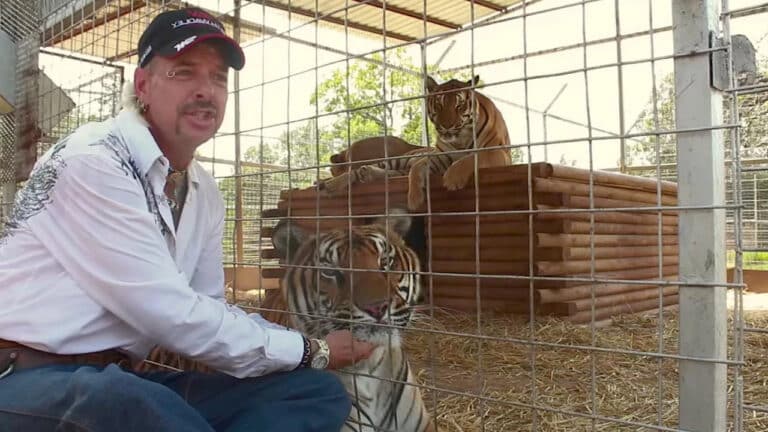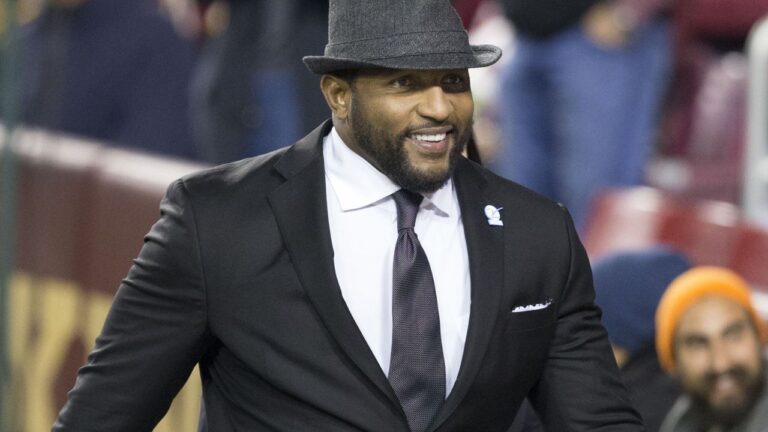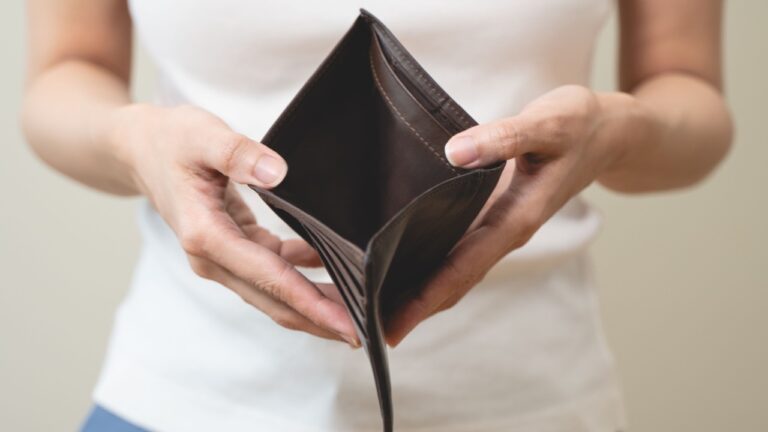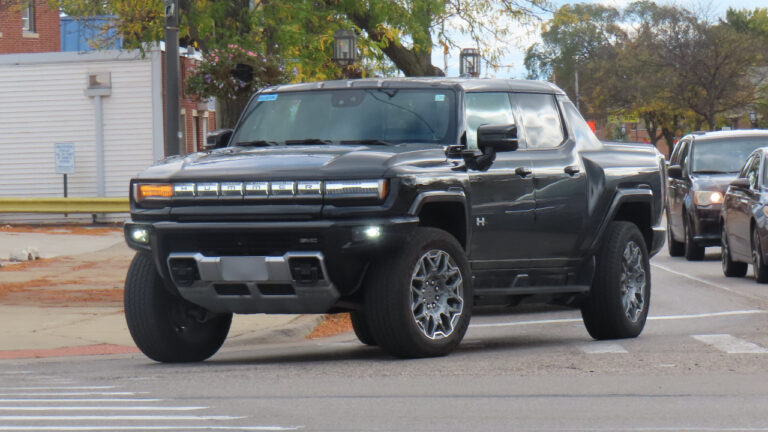13 Motorcycles To Ride Before You Die
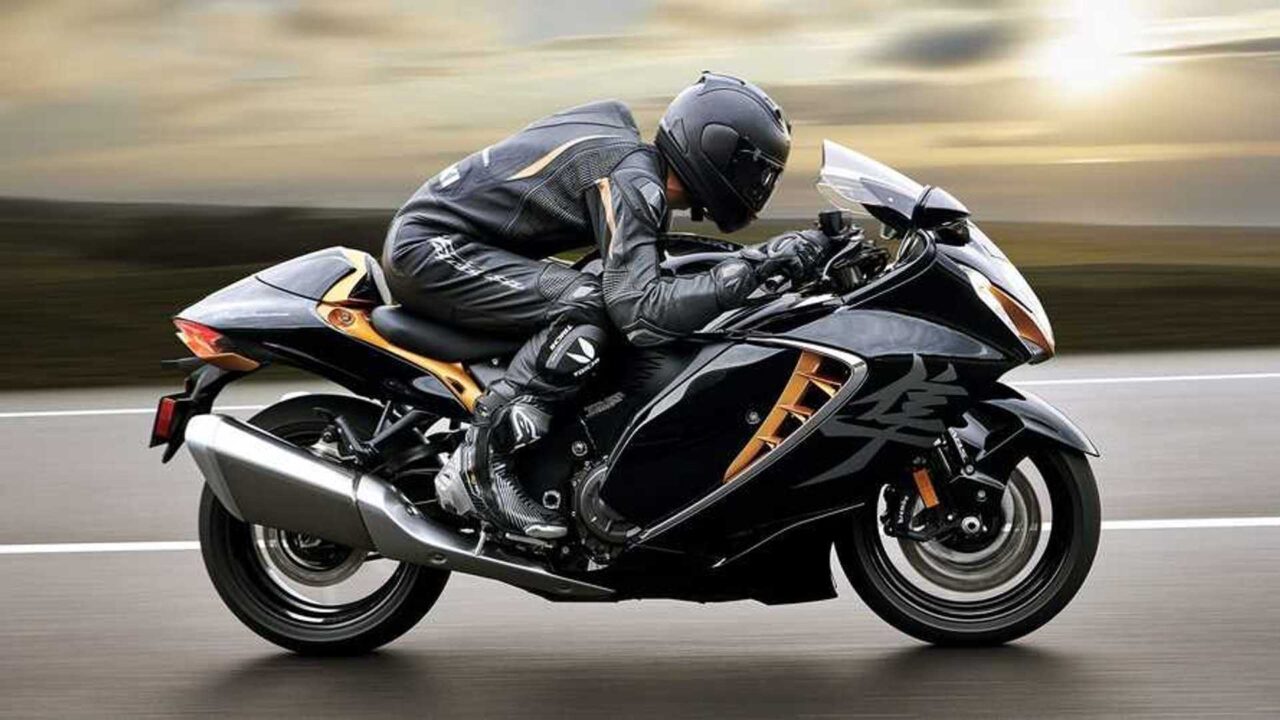
In an ideal world, we would have a bunch of bikes to choose from to handle every different scenario.
While that’s not attainable to most of us, we should at least try as many different bikes as possible — especially the icons that changed the face of the sport.
It is an almost impossible task to pick just 13 motorcycles to ride before you die. While this list is far from exhaustive, we managed to narrow it down to some legendary bikes that all enthusiasts should ride at least once.
Honda Super Cub

Many “real” bikers will laugh at this one, but we think everyone should get on a Honda Super Cub just to see what the fuss is about. It brought motorcycling and personal transport to the masses — like a Ford Model T of the motorcycling world.
Honda has sold around 120 million Super Cubs, and people have modified them in every conceivable way.
Honda CB750

In 1969, Honda introduced the CB750, a bike that would be celebrated as the world’s first superbike. Unlike the British, who opted for single-cylinder and parallel-twin-powered bikes, and the Americans and their V-twins, Honda chose a four-cylinder unit.
Thanks to its engine layout, the CB750 ran smoother than other bikes. It featured an electric starter, a kill switch, and front-mounted disc brakes, and it was low-maintenance as well, which made it even more popular.
Honda VFR750 RC30

The Honda VFR750R is a homologation special. It’s basically the road-legal version of Honda’s World Superbike Championship-winning RC30 race bike.
Only 3,000 were made, which means it’s one of the most sought-after Honda motorcycles today. It costs a small fortune, so most bikes are parked in massive collections, and the owners never ride them. Which is a shame, as the high-revving 748cc V4 engine is an absolute peach. Luckily, TYGA now lets us build our own RC30 replica based on the much cheaper RC36 VFR750.
Ducati 916 – 996 – 998

It’s safe to say the Ducati 916 is Massimo Tamburini’s masterpiece. Even today, 30 years after its launch, it’s still considered one of the most beautiful motorcycles ever made. There was more to the Ducati 916 than its good looks, though, as its excellent chassis and 916cc L-twin engine secured the World Superbike Championship three years in a row.
With time, the engine grew to 996cc and 998cc, but it still looked the same. Whatever model you go for, it’ll turn heads and produce a glorious soundtrack. Unfortunately, it’s also very unreliable and uncomfortable, so you’ll never spend much time in the saddle.
Ducati Monster

Ducati introduced the Monster range in 1993, and the little hooligan bike was an immediate hit with buyers. The Monster is celebrated as the bike that saved Ducati from bankruptcy. Being a parts bin special, it was cheap to develop, and the Italian manufacturer has sold hundreds of thousands of Monsters.
Early bikes came with engines ranging from 400cc to 998cc, meaning there was a Monster for every skill level. Today, fewer engine options are available, but the Monster remains one of Ducati’s bestsellers and one of the major influencers of the naked bike segment.
Ducati 750SS “Green Frame”

Long before the Monster saved Ducati, another model put the Italian brand on the map. Ducati was founded in 1926, but it was the 1974 750SS that gave the brand mainstream appeal.
Paul Smart rode a Ducati 750 Imola Desmo racer to victory at the Imola 200 race, resulting in a limited production version of the race bike — the Super Sport 750, commonly called “Green Frame” (for obvious reasons). It looked amazing and sounded even better, and that’s precisely why you need to swing a leg over it.
Suzuki GSX-R750

When Suzuki unveiled the GSX-R750 in 1985, it forever changed the race replica sports bike game. Although it was a road bike, Suzuki built it using its racing expertise.
Its box-section aluminum frame, compact, high-revving, oil-cooled four-cylinder engine, and all the tech were derived from the brand’s existing race bikes. Since then, there have been several generations of the GSX-R750, and they’re all great fun. Our go-to versions would probably be one from the 1980s or the SRAD from 1996 to 1999.
Suzuki Hayabusa

While it’s still a sports bike, the Suzuki Hayabusa is nothing like the GSX-R750. It’s much bigger and designed to cross continents at rocket speed rather than set lap records. When it was first released, it was the world’s fastest motorcycle, changing the whole sports bike world.
It was so fast that Japanese motorcycle manufacturers feared their bikes would be banned in Europe if they continued down this route. They entered a gentleman’s agreement, and Japanese motorcycles were restricted from exceeding 186 mph. Whether you ride an old version or the latest model, the Hayabusa is guaranteed to put a smile on your face.
Kawasaki Ninja H2

If arm-stretchingly rapid acceleration is your thing, you’ll have to take the supercharged Kawasaki H2 for a ride. No other two-wheelers come close to it, unless you’re counting dedicated drag bikes. When you bang it through the gears, it can almost distort the time-space continuum.
It even looks a bit like a stealth fighter jet, especially when finished in matte black. If its 209 mph top speed isn’t enough, there’s always the H2R, which tops out at 249 mph. Unfortunately, that one isn’t road-legal.
Triumph Bonneville

Triumph’s Bonneville got its name from Utah’s famous salt flat proving grounds. It first arrived in 1959 and is one of the models epitomizing the British parallel-twin engine.
Even today, the Triumph Bonneville’s retro style continues to inspire a whole segment of bikes designed to evoke nostalgia, but why opt for one of the copycats when you can swing a leg over the original.
Harley-Davidson Sportster

Harley-Davidson discontinued the legendary Sportster when its replacements, the Sportster S and Nightster, were introduced. For decades, some Harley enthusiasts referred to the Sportster as a “girl’s bike,” but they tended to forget that the Sportster saved Harley-Davidson when it arrived in 1957.
At the time, British motorcycles, such as the Triumph Bonneville’s predecessor, the T110 Tiger, were all the rage, and American models were outclassed in every way. H-D introduced the Sportster as a direct competitor to these swift and nimble British machines, and it was an instant hit with motorcycle enthusiasts.
Harley-Davidson Fat Boy

Released in 1990, the Harley-Davidson Fat Boy shot to superstardom the following year when Arnold Schwarzenegger rode it in Terminator 2. It’s since become one of the most iconic models made by the Milwaukee-based motorcycle manufacturer.
Mixing the classic H-D style with a masculine design, it’s easy to see why it became so popular. The Fat Boy isn’t just about its looks, though, it’s even a great bike to ride, offering plenty of torque and comfort, making it the perfect companion for weekend trips.
Honda Fireblade

When it arrived in 1992, Honda’s CBR900RR FireBlade revolutionized the superbike segment. As engines kept growing, sports bikes became heavy and terrifying to ride, but Honda managed to squeeze an 893cc engine into a bike the size of a 600.
With time, the ‘Blade has grown into a full 1,000cc, and while it’s now more powerful than ever, it’s still lightweight. It doesn’t matter which generation of the FireBlade you ride, as they’re all excellent, and when set up right, it’s even quite comfortable.

